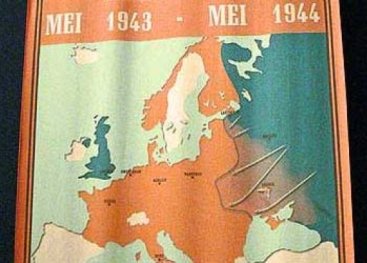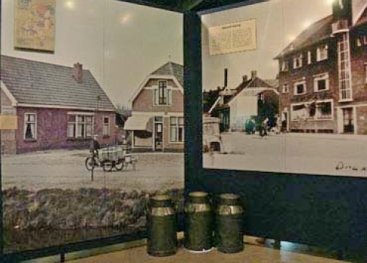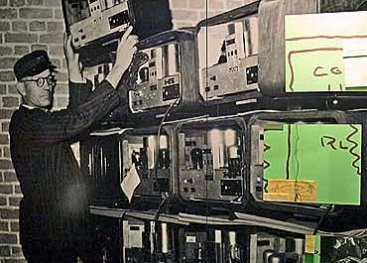
Resist?
In the course of 1943 the organised resistance developed rapidly as many men, who had gone into hiding because of the arbeidsinzet [forced labor input], joined their ranks.

Nico Dohmen
Nico Dohmen, a student from Nijmegen says:
'When I had to report for forced labour in May 1943 it was obvious that I would have to go into hiding. My brothers and I had promised our father that we would never work for the enemy. I went into hiding near Roermond, where my uncle had a farm. My cousins were involved in helping Allied pilots who had been shot down. That's how I became involved in the resistance. I started helping them and one thing led to another.’
Hilde Dekker
Hilde Dekker from Groningen had been involved in resistance activities for some time:
'My father had warned as early as 1933, "If the National Socialists come to power, it will mean the end of Christian education." He was vehemently opposed to that. In 1940 and 1941 both my parents cooperated with the illegal newspaper Vrij Nederland. I was brought up in a resistance family. In those early days, only a few people were actively resisting. They all did so out of principle, really, whether they were communist, socialist or Christian. Once it became obvious that Germany was going to lose, many more people joined.'


Herman Sterrenburg
Circumstance also came into play, as in the case of Herman Sterrenburg, a carpenter from Hardinxveld-Giessendam:
'The woodwork company where I was employed had contracts with the German Wehrmacht [Armed Forces]. In 1943 I met De Jonge, whom I had known from military service. He asked if I'd gather information about the Wehrmacht. He headed an espionage group. I didn't have a moment's doubt, but if no one had asked me to join the resistance, it probably never would have happened. I'm not the sort who would take a lead.'
Father's tools
Tools from the well-known resistance activist and sculptor Gerrit van der Veen. His daughter Gerda van der Veen has always kept what was left of her father's tools. She saw her father for the last time in 1943. Gerda and her sister also had to go into hiding, because Van der Veen could be put under pressure with threats that his daughters would be harmed.
Gerda van der Veen tells of her experiences:
‘I didn't know anything about his work with the resistance. When we had to go into hiding, we didn't know why. In retrospect the worst thing about it was that you could never be yourself. I once accidentally revealed our last name to a woman who was admiring my doll. That same night we were bundled off to another address.'
Gerrit van der Veen was executed in 1944.


